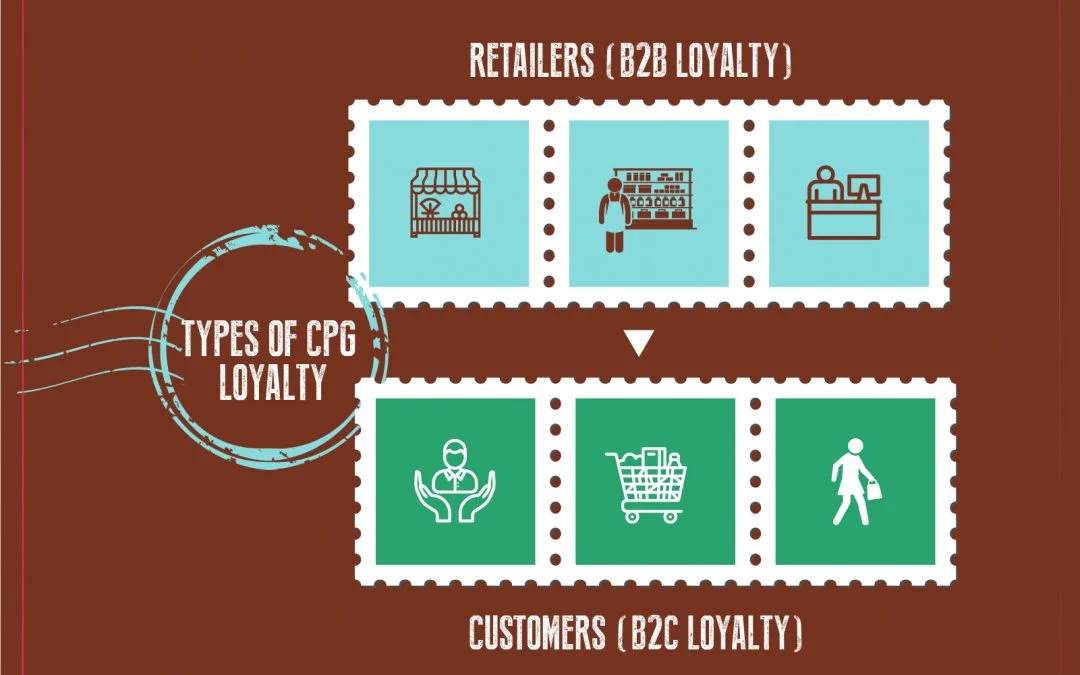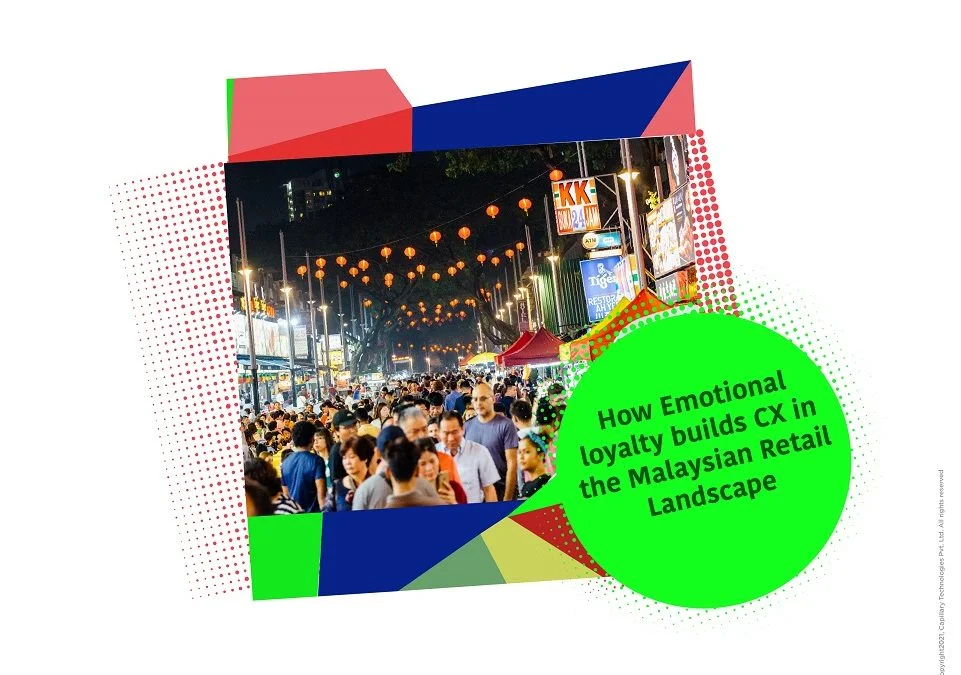- Design industry shaping loyalty programs
- Integrate easily and go live quicker
- Deliver hyper-personalized consumer experiences
Blue Rewards from Al Futtaim Group Shares Loyalty Success Stories and Evolution. Watch Podcast >
Capillary Announces 2nd Annual Captivate 2025 Summit: Transforming Loyalty Management with New AI Tech Read more >

As the Consumer Packaged Goods (CPG) industry races toward a projected $4.5 trillion in value by the end of 2025, loyalty programs that once relied on discounts and points are starting to show their cracks. In this two-part blog series, we explore why traditional CPG loyalty programs are no longer enough, and how AI-powered strategies are becoming essential to stay competitive.
This is Part 1 of the series, where we break down what’s broken in legacy CPG loyalty models and why the old rules no longer apply. In Part 2 of our comprehensive guide to CPG loyalty programs, we’ll dive into how AI is rewriting the playbook. Exploring what smarter, more emotionally resonant loyalty looks like today.
Want the full deep-dive into CPG loyalty programs? Download our extensive eBook for the best perspective, complete with multiple real-world case studies.
Traditional loyalty programs in the CPG space were built on a simple formula containing discounts, coupons, and the occasional rewards catalog. While this worked in a more transactional world, today’s consumers expect more. They want to feel seen, valued, and engaged on a personal level.
Many CPG brands, however, are still relying on outdated, one-size-fits-all models that no longer resonate. This is especially problematic in a category where brands are often one step removed from their end consumers due to retailer and distributor channels.
With 72% of consumers willing to switch brands after just one negative experience, the stakes are higher than ever.
Here are some of the biggest cracks showing up in legacy CPG loyalty programs:
CPG brands, often distanced from direct consumer relationships due to third-party retailers and grocers, face unique challenges in meeting these demands. To stay competitive, they must embrace AI-powered loyalty programs that offer dynamic, personalized experiences and build deeper connections with customers.
With 73% of consumers expecting personalized experiences, AI-powered loyalty programs are essential for success. Here are some of the critical problems that CPG loyalty programs face, which can be addressed through AI:
CPG brands often struggle with a lack of direct consumer engagement. AI bridges this gap by gathering and analyzing data from multiple touchpoints.
Customer data is often scattered across various platforms. AI consolidates this fragmented data, providing a holistic view of customer behavior and preferences, allowing more effective loyalty strategies.
AI-driven programs allow brands to offer dynamic, personalized rewards that align with individual customer needs and values, driving higher engagement and long-term loyalty.
AI anticipates customer behavior, delivering personalized offers at the exact moment customers are most likely to engage, driving better results.
AI tailors rewards to the customer’s lifecycle and interactions, adapting over time to stay relevant and maintain customer interest.
By offering authentic, personalized experiences, AI fosters deeper emotional connections with customers, transforming transactional relationships into lasting loyalty.
Next, we’ll go deeper into how AI is helping CPG brands foster emotional loyalty, drive health and wellness engagement, and implement value-based reward strategies. We’ll also look at key metrics to track and share real-world results from successful AI-led programs. Continue reading about CPG loyalty programs in Part 2 of this series!
Ready to dive deeper into the future of loyalty? Download the complete eBook here for a detailed look at AI-powered CPG loyalty strategies that are delivering real results, featuring multiple real-world case studies.
Want to boost your CPG loyalty program to the next level? Talk to one of our experts today!

September 20, 2021 | 4 Min Read
CPG loyalty is evolving at lightning speed. Adapt now or ris

June 9, 2021 | 4 Min Read
When the pandemic began, the immediate customer trends showe

November 3, 2024 | 7 Min Read
As customers revel in the perks of non-expiring points, cash